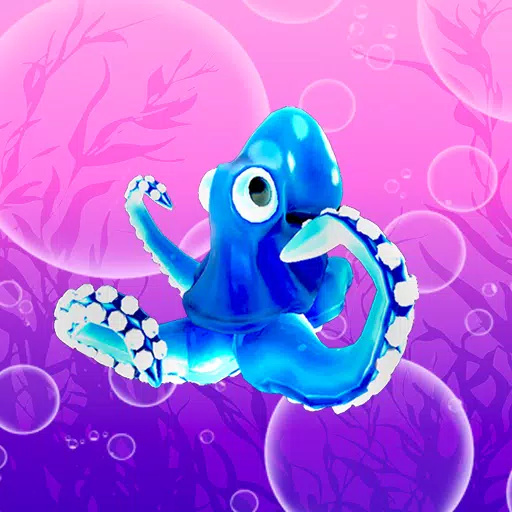Netflix has enriched the Witcher universe once again with the release of *The Witcher: Sea of Sirens*, a captivating animated spin-off that delves into the adventures of Geralt of Rivia and his companions. Set in a coastal kingdom, the story unfolds amidst the tension between humans and merfolk, offering a rich backdrop for drama, action, and moral quandaries.
The film dazzles with its visually stunning underwater sequences and dynamic combat scenes, yet it struggles to deliver the narrative depth fans expect from Andrzej Sapkowski's original works.
What is The Witcher: Sea of Sirens About?
----------------------------------------- Image: netflix.com
Image: netflix.com
*The Witcher: Sea of Sirens* adapts the short story "A Little Sacrifice" from Sapkowski's second book, set between episodes 5 and 6 of Netflix's live-action series. Geralt and Jaskier arrive at the seaside duchy of Bremervoord to hunt a sea monster threatening pearl divers. Their journey entangles them in the tragic love story of Prince Agloval and the mermaid Sh’eenaz.
This adaptation remains faithful to some aspects of the original tale but takes creative liberties elsewhere. Agloval is depicted as a young prince rather than a stingy duke, and his relationship with Sh’eenaz is more romantic. Additionally, viewers gain insight into Lambert's backstory, revealing his childhood connection to Bremervoord and his friendship with Eithne, who once shielded him from bullies.
Art Style and Animation
-----------------------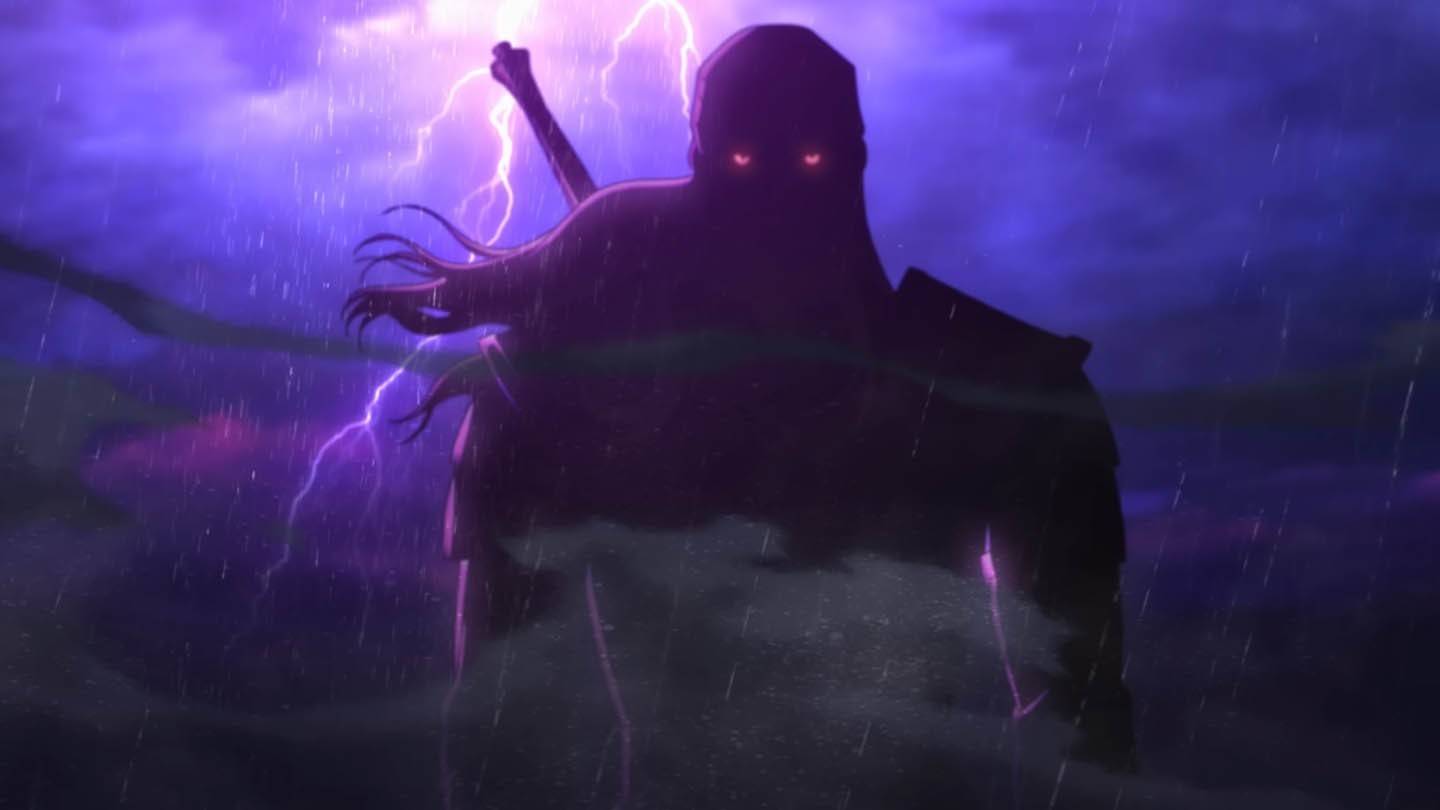 Image: netflix.com
Image: netflix.com
Studio Mir, renowned for their work on *The Witcher: Nightmare of the Wolf*, brings their distinctive art style to *Sea of Sirens*. The animation excels in portraying the underwater realm, with merfolk designed to blend aquatic features with hints of dryad aesthetics, distinguishing them from typical fantasy creatures.
These characters speak a unique dialect of Elder Speech, enhancing their cultural separation from humans and enriching the narrative of their forbidden romance with Agloval. However, the character designs occasionally feel inconsistent with the live-action series. While Geralt, voiced by Doug Cockle, retains his rugged charm, other characters like Eithne lack the allure described in the books.
Action Sequences: Visually Impressive but Flawed
------------------------------------------------ Image: netflix.com
Image: netflix.com
*Sea of Sirens* stands out with its action-packed fight scenes. Geralt's battles are filled with energy, featuring sword clashes, acrobatic maneuvers, and flashy signs. Yet, these moments often prioritize spectacle over substance.
Geralt's combat lacks strategic planning: he activates signs haphazardly, consumes potions mid-fight without explanation, and performs moves that defy logic. Fans familiar with the games or books might find this portrayal disappointing, as it reduces one of the franchise's most iconic characters to a generic action hero. The choreography leans heavily toward superhero tropes, deviating from the grounded realism usually associated with Geralt's fighting style. Despite these flaws, the intensity and brutality of the battles remain entertaining.
Storyline: A Mixed Bag
----------------------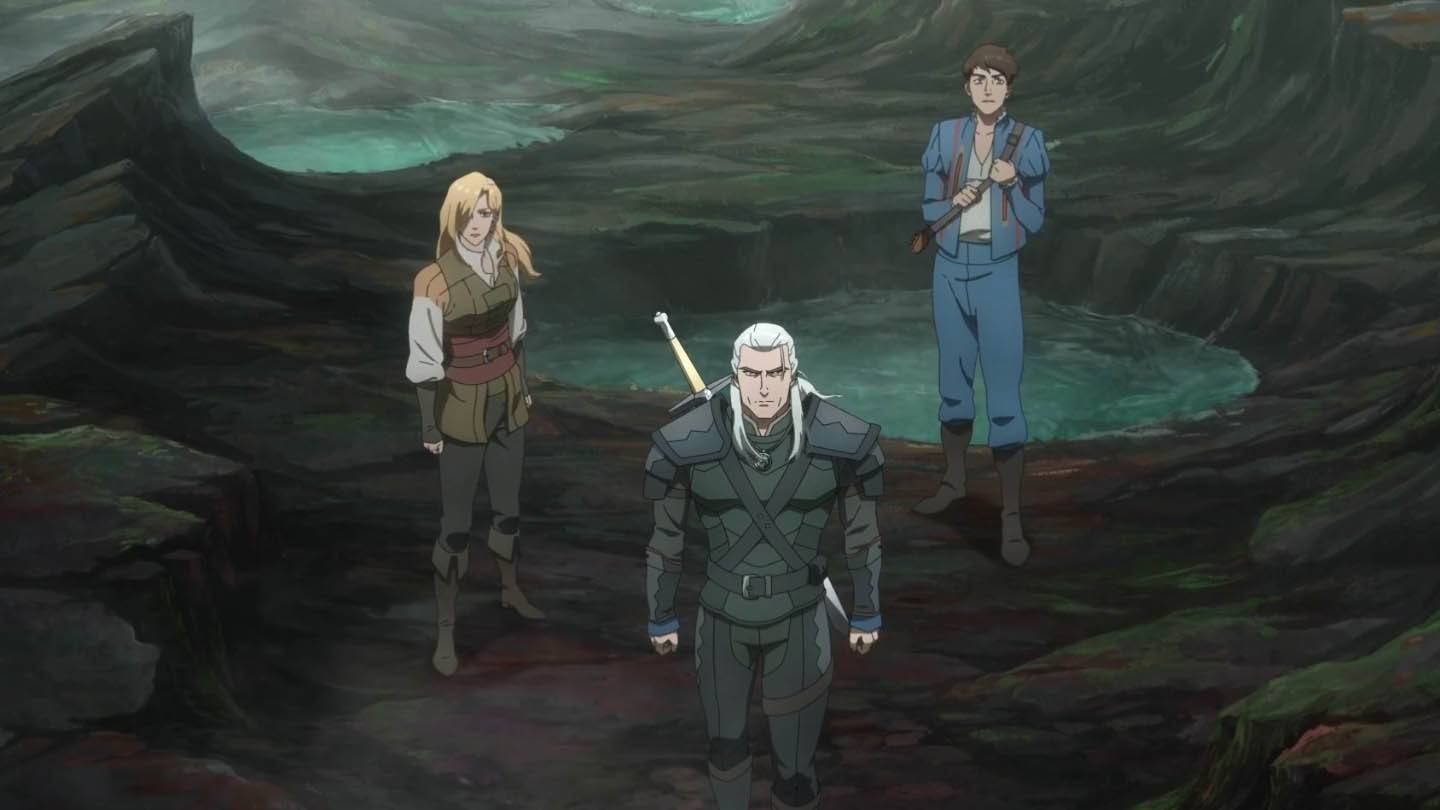 Image: netflix.com
Image: netflix.com
The narrative of *Sea of Sirens* struggles to meet its ambitious goals. The film attempts to weave romantic tragedy, interspecies conflict, and Geralt's internal struggles into a cohesive story but ultimately falls short. Key plot points rely on predictable clichés, such as an Ursula-inspired villain reminiscent of Disney's *The Little Mermaid*. The tone occasionally shifts awkwardly, briefly turning the dark fantasy into a musical number that feels misplaced.
Eithne's character arc is particularly underwhelming. As a renowned bard and potential love interest for Geralt, her role should have been compelling, yet her song performance feels uninspired, missing the charisma brought by Joey Batey as Lambert. Geralt's moral dilemmas remain superficial, offering little insight into his deeper psyche.
Comparison to Previous Adaptations
---------------------------------- Image: netflix.com
Image: netflix.com
Compared to *Nightmare of the Wolf*, *Sea of Sirens* fares less well both narratively and thematically. While the former provided an emotionally resonant origin story for Vesemir, the latter feels scattered and overly reliant on spectacle. However, the underwater sequences and vibrant animation lift *Sea of Sirens* above pure mediocrity, making it visually appealing.
Behind-the-Scenes Insights
-------------------------- Image: netflix.com
Image: netflix.com
The creation of *Sea of Sirens* involved extensive collaboration between Netflix and Studio Mir. The production team faced challenges in balancing fidelity to Sapkowski's writing with the demands of modern animation. Designing the merfolk proved particularly challenging due to their dual nature as both beautiful and menacing. Artists drew inspiration from various mythologies, including Greek sirens and Slavic water spirits, to achieve this duality.
Fan Reactions and Criticism
---------------------------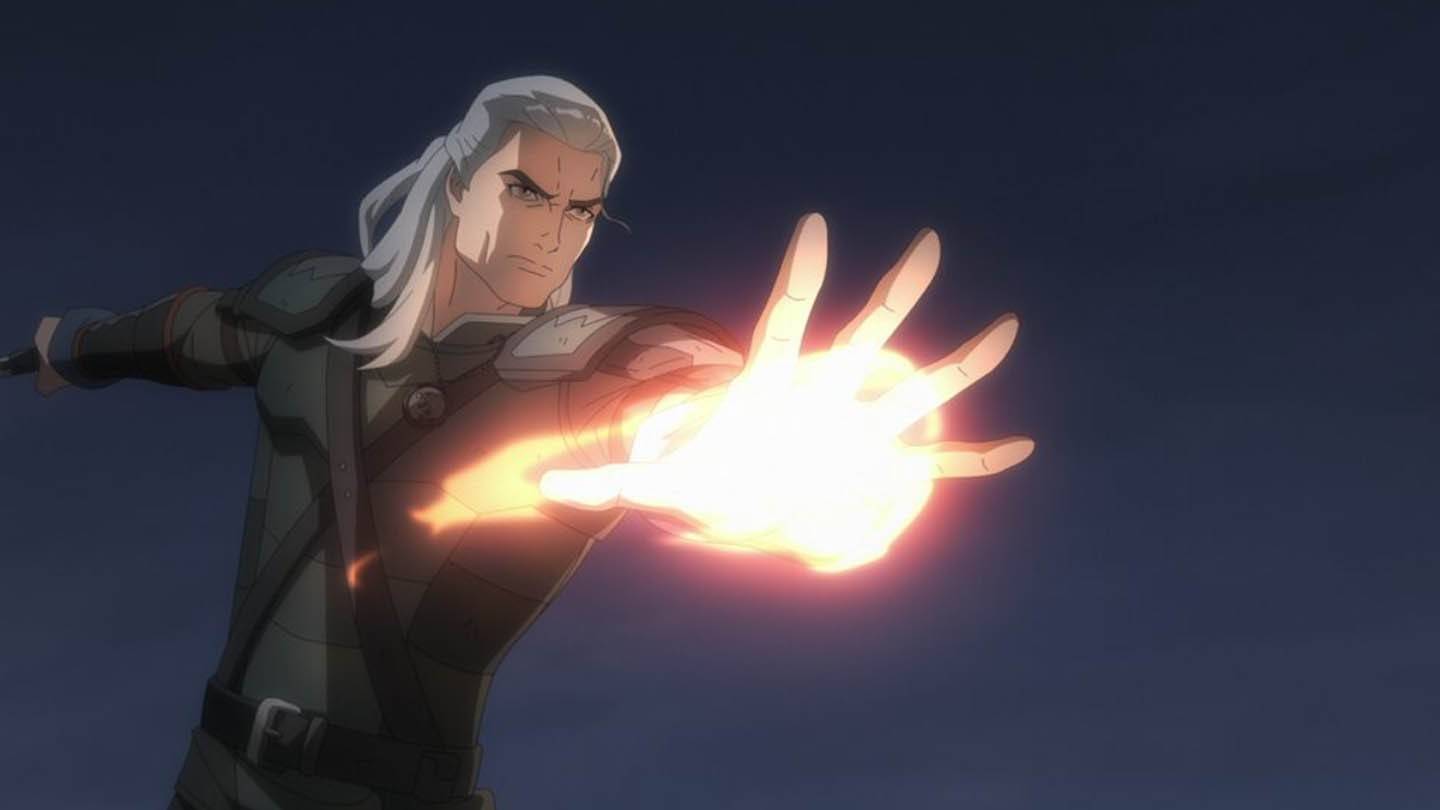 Image: netflix.com
Image: netflix.com
Fan reactions to *Sea of Sirens* have been mixed. Some appreciated the film's commitment to exploring lesser-known stories within the Witcher universe and its attempt to stay true to Sapkowski's vision. Others criticized the creative liberties taken with established characters, particularly Geralt's erratic combat behavior. Social media discussions highlighted frustration with Eithne's portrayal, questioning why her role wasn't more developed.
Future Prospects for Witcher Media
----------------------------------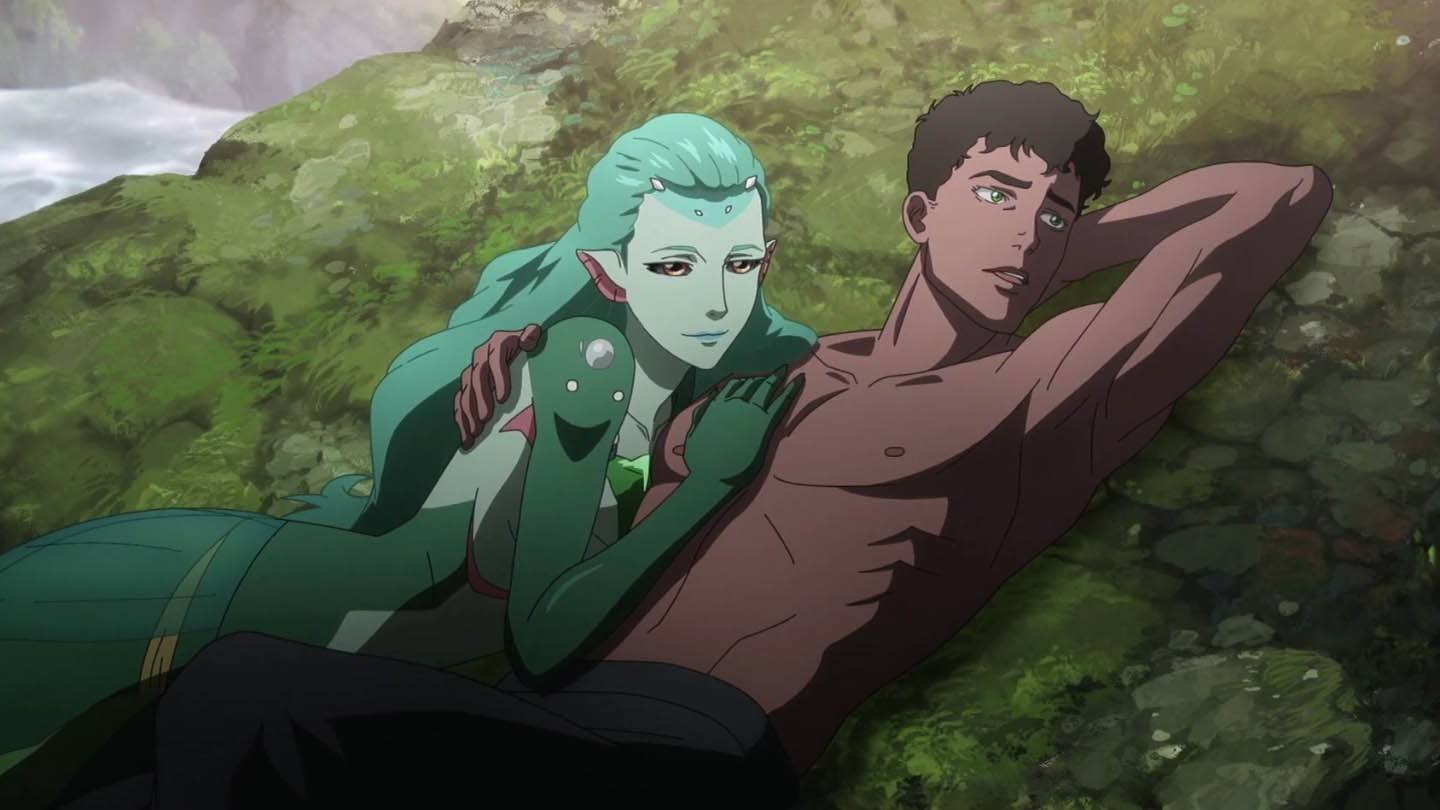 Image: netflix.com
Image: netflix.com
With *Sea of Sirens* now part of the canon, the future of the Witcher franchise remains a topic of interest. Will Netflix continue to explore side stories through animated films, or will they shift focus back to the main series? Given the success of previous adaptations, more content is likely on the horizon. Fans eagerly await announcements about potential sequels or spin-offs focused on characters like Ciri or Triss Merigold.
Broader Implications for Fantasy Franchises
-------------------------------------------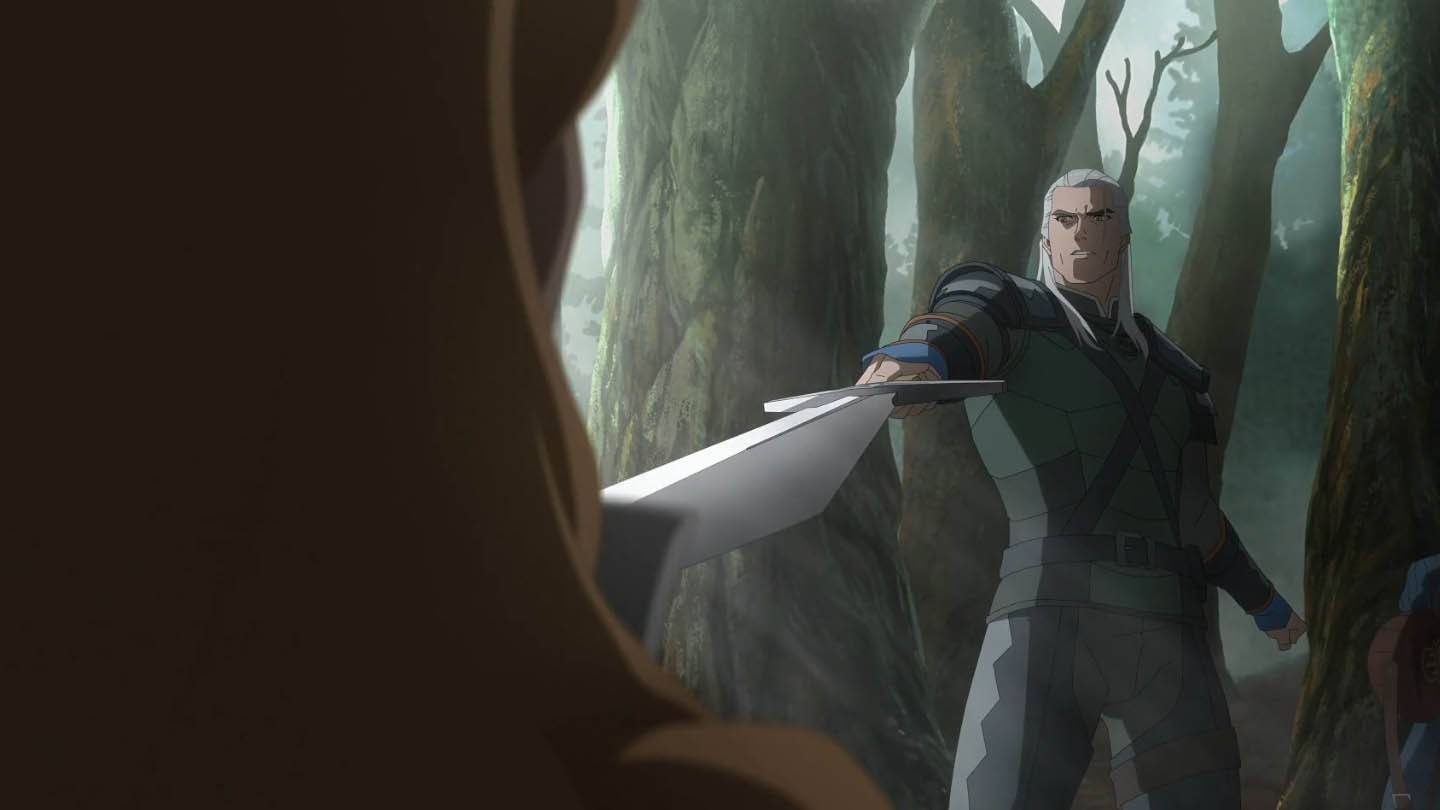 Image: netflix.com
Image: netflix.com
*The Witcher: Sea of Sirens* reflects broader trends in adapting literary works for the screen. Balancing artistic license with respect for the source material is a delicate task, especially with beloved universes. Studios must tread carefully to avoid alienating long-time fans while attracting new audiences. *Sea of Sirens* serves as both a triumph and a cautionary tale, showcasing what can be achieved and where pitfalls lie in bringing complex narratives to life.
By examining its successes and shortcomings, creators can refine their approaches for future projects, ensuring richer storytelling and more authentic representations of cherished worlds. Whether through animation, live-action, or interactive media, the goal remains clear: honoring the essence of the original while pushing creative boundaries.
As the Witcher saga continues to evolve, it solidifies its place in popular culture, proving that even imperfect adaptations contribute meaningfully to the larger tapestry of storytelling.
Should You Watch It?
--------------------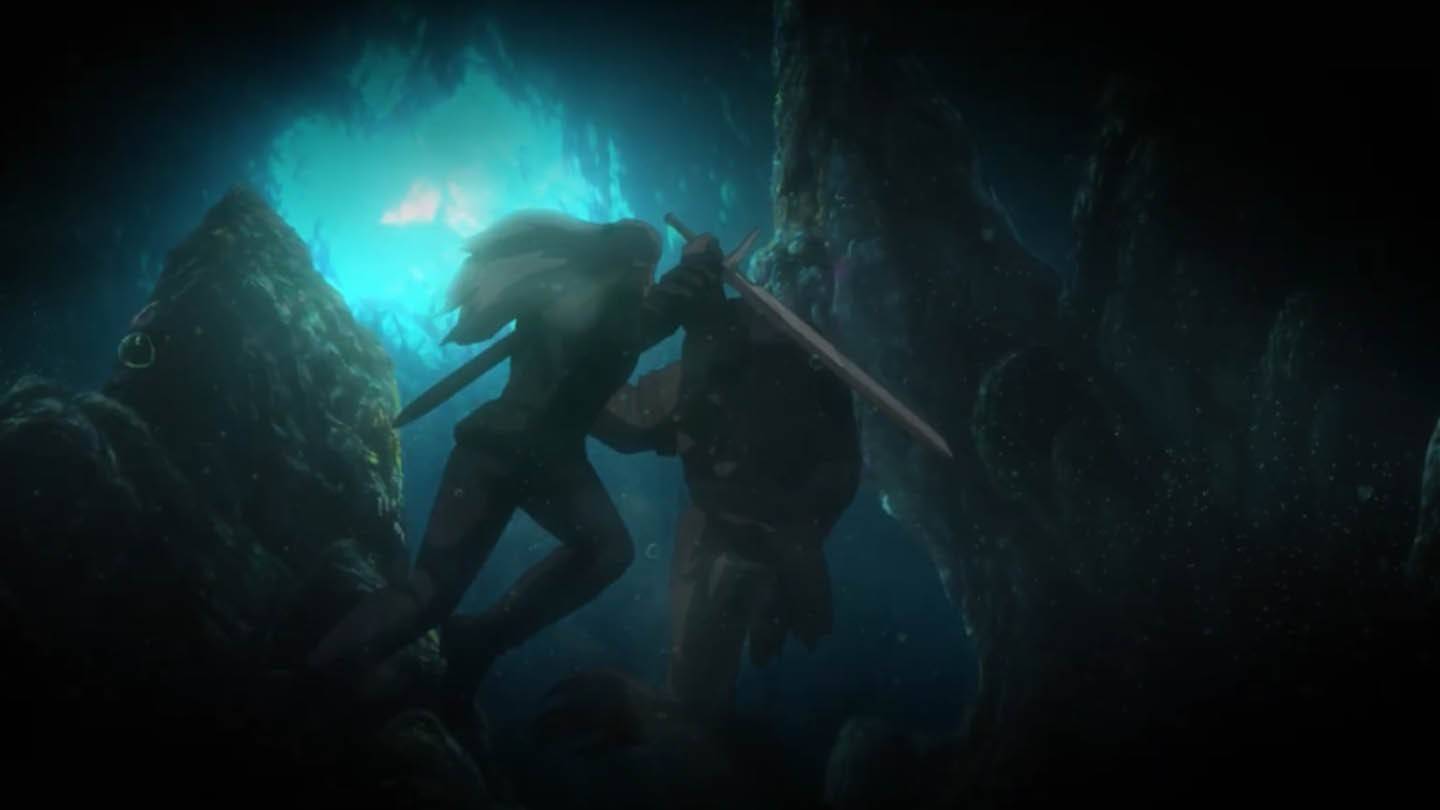 Image: netflix.com
Image: netflix.com
If you're a dedicated fan of the Witcher universe or intrigued by Studio Mir's interpretation of Sapkowski's tales, *Sea of Sirens* might be worth your time. Its faithful adaptation of certain elements from "A Little Sacrifice" and breathtaking underwater visuals offer glimpses of brilliance. However, those seeking a cohesive story or deeper exploration of beloved characters might leave disappointed.
Ultimately, *The Witcher: Sea of Sirens* serves best as a curiosity piece: a visually engaging yet narratively flawed entry in the ever-expanding Witcher lore. For casual viewers, it provides light entertainment, but hardcore fans may yearn for something more substantial.







